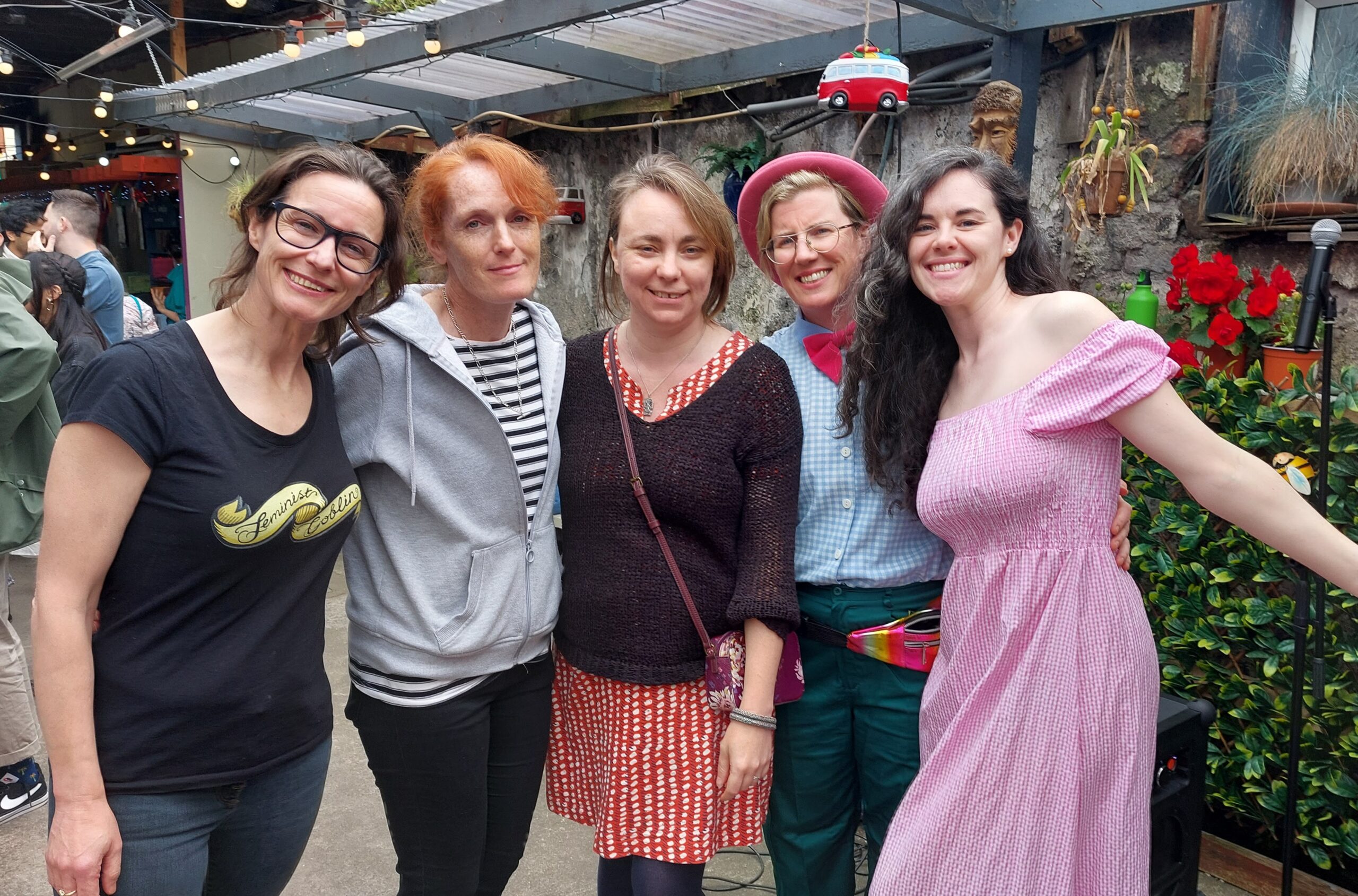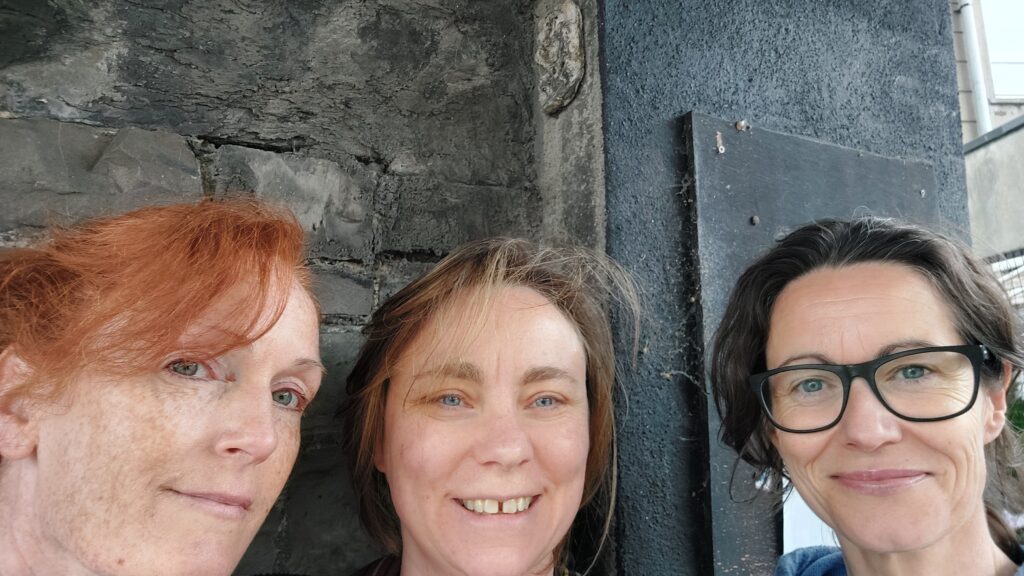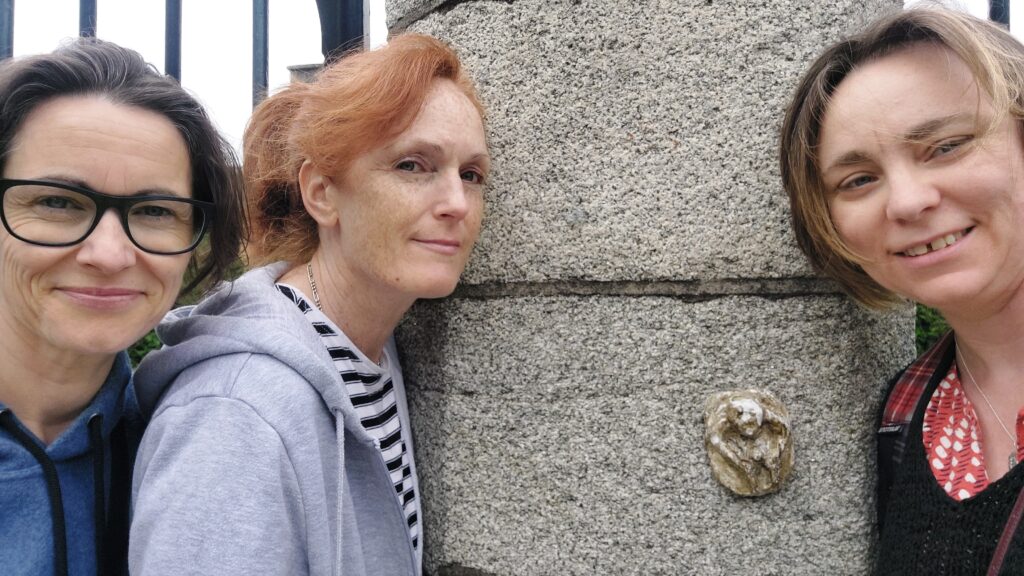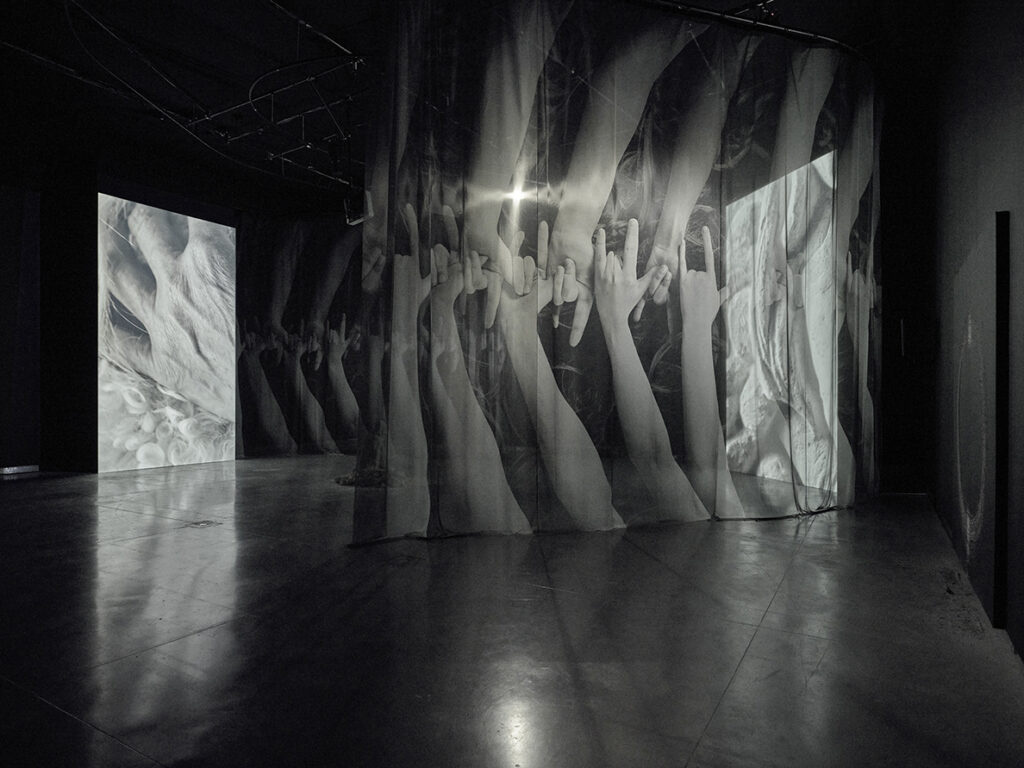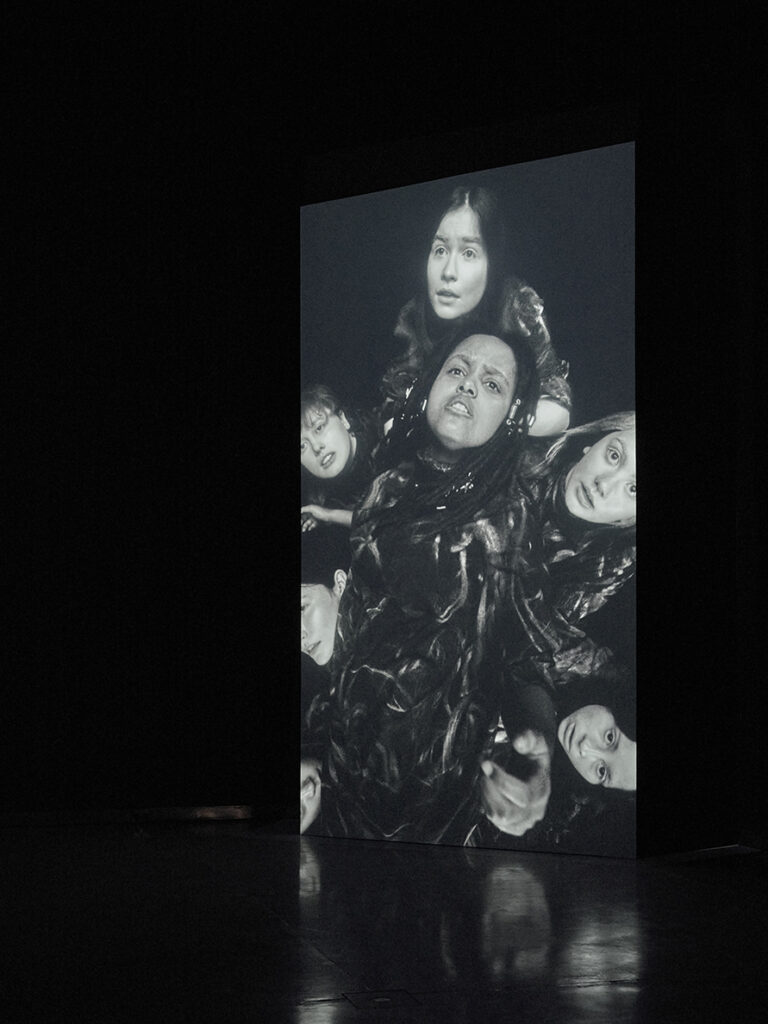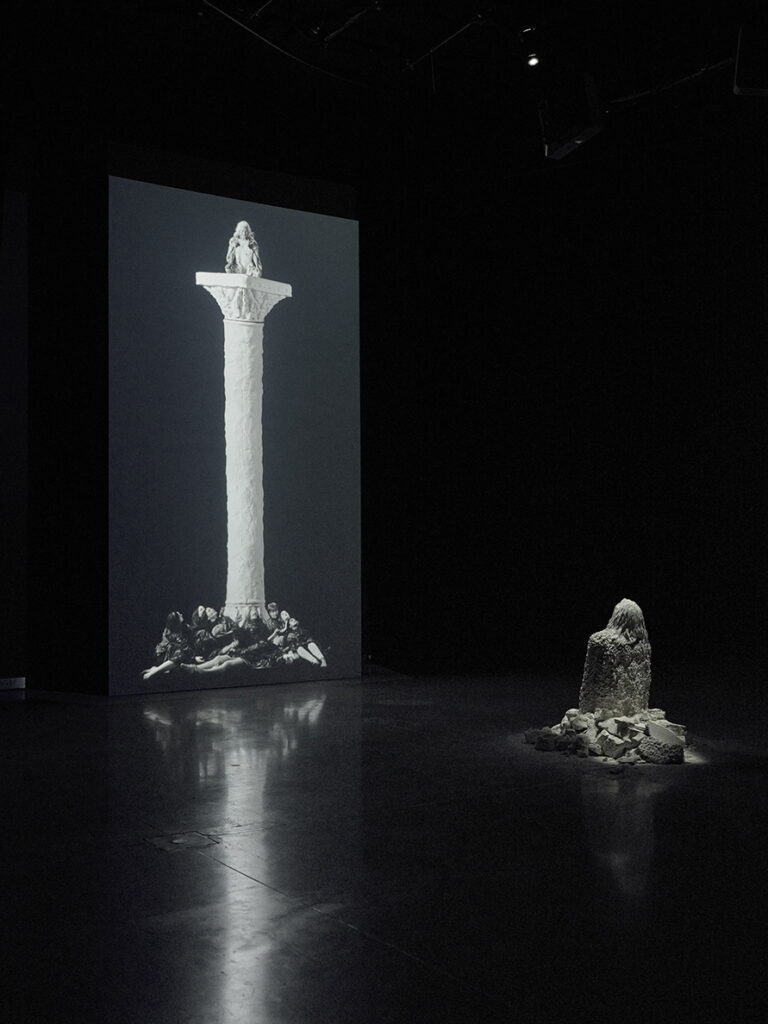Five Gees, Two Sheelas and The Tower
From Dublin 8, we travel all the way across the Liffey to Stoneybatter and a very special meet up. During our first trip, when we came up with the name The Wild Gees we thought we were being fierce clever and original. Turns out there were two other women being fierce clever and original around the same time, but spelling Geeze with a Z meant it didn’t show up in our search before choosing our Twitter name. The Wild Geeze are a cabaret duo based in Stoneybatter. Since we discovered each other on the bird app (see what we did there) we’ve been keen to meet up but never managed to be in Dublin 7 at the same time – until now. It’s not long before we’re talking about under-celebrated Irish women who’ve done amazing things. Sophie Peirce to be precise. Sophie had the misfortune to be born near Newcastle West, Co Limerick so is overshadowed on the commemoration front by its more famous son, Terry Wogan, who has a statue to Sophie’s blink-and-you’ll-miss-it plaque.

But did Terry ever fly a plane (as the first woman to hold a commercial flying licence), set records for altitude, parachute from the plane (another first) and land in a football match? Did he have his portrait painted by John Lavery, found the Women’s Amateur Athletic Association, hold the world record for the high jump (while being the first women’s javelin champion), compete in the Olympics, become the first woman mechanic in the US? Did he fly an open-cockpit plane from Cape Town to London (a scale model of the plane is in the The Little Museum of Dublin), run a private aviation company near Dublin, then train the first generation of the newly fledged Aer Lingus’ pilots? No, no and nope. Sophie did all these things and more and was for a time one of the best known women in the world. Give her a feckin statue!
What better way to get rid of an inconvenient woman with land you’ve been coveting, than to say she turned your cow’s milk sour.
So we move on to possible collaborations to commemorate forgotten women (watch this space) and… compost. It turns out that one of the Geeze is a farmer and one of the Gees is doing a PhD using a feminist compost theory (you can read about it here if you’re so inclined) so they arrange to meet up in a field in Sligo at a later date to take this further. As we talk about farming, and specifically the challenges of being a woman trying to farm in Ireland, with so many male farmers determined to take you to court or vandalise or try to get ownership of your land (these are all real things that are happening to women in Ireland in 2022), we draw parallels with the Scottish witch trials. Another Gee has been doing some research on these recently and it turns out that some of the women accused of witchcraft were widows or older women with a bit of land. What better way to get rid of an inconvenient woman with land you’ve been coveting, than to say she turned your cow’s milk sour. Once accused, it was nigh on impossible to be found not guilty, as the accused were generally tortured until they confessed or died. Ireland managed to escape the worst of the witch trials but we’re no strangers to misogyny in fairness.
While we’re in the area, we couldn’t pass up the opportunity for a bit of Sheela-spotting. Dublin isn’t great for finding authentic Sheelas, other than in Kildare Street and even then most of the National Museum’s collection aren’t on display. One day we will report from what we imagine is a basement wonderland of gees. Guerrilla Sheelas are easier to find – if you know where to look, and having a bit of local knowledge definitely helps. The Grangegorman Sheela is around the corner of a gable, on the side you wouldn’t notice unless someone pointed her out. Ask the friendly barman in the local Barber’s pub if you’re stuck. In contrast, the Arbour Hill Sheela is as brazen as you like, loud and proud on the gatepost of the main entrance to the prison. There’s another one at one of the entrances to the Collins Barracks Museum and we’re told, another one round the back but we can’t find it. The guerrilla Sheelas were a feminist art project which we can’t tell you much about, cause it’s a secret like, but if you find yourself near a site of historic misogyny in Dublin you may just spot one. This Sheela is smaller and more stone-like than the Project Sheela ceramic plaques which appear on International Women’s Day and have a handy map for finding them, though those ones have a tendency to disappear.
One day we will report from what we imagine is a basement wonderland of gees.
Saturday starts with a ‘Gees up’, as we take up position stage-side for some music and (mostly) family friendly banter, as the Geeze keep having to remind themselves that they are busking of a morning in Pender’s Market, as part of the Stoneybatter Festival, so it’s not their usual crowd. But the Gees are an appreciative audience, tapping our feet to a rendition of Jolene (a hilarious ode to depilation that strikes a bit too real a chord) and a rap called Any Oaks, which is of course about native Irish trees. If this is what they get up to on a Saturday morning, we are totally sold on the full Pussy Pride cabaret with burlesque and special guests planned for later that week. Sadly we can’t make that one but their next show is coming up on 11 August and we promise you these Geeze are wild. We will definitely plan a future Wild Gees trip around one of their shows.
Straight on the Luas to Tallaght and an altogether different cultural experience – The Tower in Rua Red. We’ve managed to see every show in the Magdalene Series so far and each time we’ve been profoundly moved. This one divided opinion though as it’s a very discombobulating experience and may not be for everyone. We should probably add a SPOILER ALERT here because it’s difficult to talk about this show without giving away some of what makes it such an absolutely immersive experience. Artist Jesse Jones has taken the words of visionary Hildegard of Bingen and attempted to recreate a mystical experience. The result is disorientating and utterly original. If you prefer to engage with the show with no preconceptions, which we would highly recommend, then stop reading now and go make plans to attend this FREE show. Its run has been recently extended until 24 September. If you prefer to experience it vicariously through some Gees, read on.
All the performers bring suitable gravitas to the proceedings but the sculptural beauty of Fouéré insists that this is a sacred space.
When we enter the space, it is so absolutely dark that even though we’ve come as a group we immediately lose a sense of where the others are, so the experience becomes largely individual. The dark and the events that unfold within it demand absolute silence. For the duration we barely acknowledge each other’s existence, let alone talk. The show takes place on a loop and you are free to enter or leave at any point in the mix of live performance, video, audio and sensory experience. We are greeted by a video of a young woman (Naomi Moonveld-Nkosi) climbing a ladder, reciting the words of Hildegarde, possibly. We hear the words heresy, fake woman, whore, sister (whispered, like a chant), but before we take this in fully, the floor to ceiling forest of arms that surrounds us, which we had assumed was fixed, starts moving, corralling us into the centre of the space while the sound of shifting sand it makes creates the feeling of the ground giving way beneath us. Suddenly a bright light illuminates a statue which must have been there the whole time but feels like it has just materialised. It makes some of us jump.
As we stand in the centre, slightly bewildered, a performer moves among us, silently handing out offerings. On later inspection, we think they are parts of medieval pilgrim badges (an element also present in The Map, an earlier show in this series). They also appear on screen scattered in front of Olwen Fouéré. All the performers bring suitable gravitas to the proceedings but the sculptural beauty of Fouéré insists that this is a sacred space. She tells us that “if the sharp eye of the mind can be turned towards nothingness, there can be no shame”. The young women’s whispered refrain of “sister” becomes almost unsettling, as does the genuinely disturbing moment when we expect something sinister to emerge from Fouéré’s distended mouth. She speaks of veins, of bone and flesh, the stone, the flame, the word. The young women huddle, bird-like, evoking the wrens of the first show in the series. They chant a beautiful chorus of “Lift high, sister” and they rise and interlock arms, creating branches. There is at one stage a clock made entirely of Olwens. The whole things creates a sense of being outside of time. We spend 45 minutes in the cathedralesque space of Rua Red and can’t believe it has been that long.
“if the sharp eye of the mind can be turned towards nothingness, there can be no shame”
From The Tower by Jesse Jones
Coffees are needed to settle ourselves after that, and to discuss what we’ve just experienced. Opinions are divided: one of us didn’t appreciate being discombobulated in the name of art, one of us loved it, one of us wants to go back in, this time alone, to make sense of it (and to take some sneaky photos). It is probably the closest we’ve ever come to a mystical experience. The Tower is another stunning accomplishment in a series that has unpicked the history of women’s institutionalisation and incarceration. Hildegarde (1098-1179) herself wasn’t persecuted. Her visions were considered divine and she was a renowned writer, theologian, scientist, composer of music and critic of the church in high medieval Europe. She was beatified after her death but recognised as a saint only recently, in 2012. However, she could so easily have been condemned as a heretic had she lived in a later time, when Europe was consumed by witch hunts. Artist Jesse Jones asks “what came before the witches?” and leaves us wondering how many women’s voices were subsequently silenced.
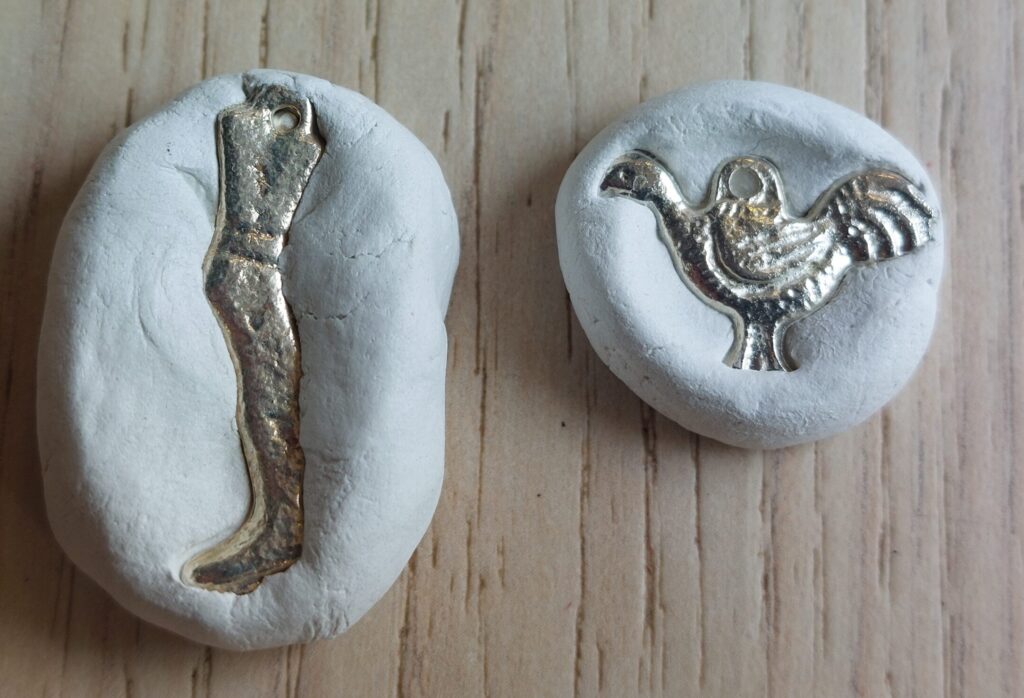
Had we the time, we would have headed from Tallaght to Kilkenny in true Wild Gees fashion, to the site of the first Irish woman’s trial for heresy in 1324. Alice Kyteler was to be executed but she used her wealth and connections to escape. Instead they burned her servant Petronilla de Meath at the stake – the first woman in Ireland or Britain to be executed in this way. But time is a tricky concept these days. While we are supposedly post-Covid, and Wild Gees trips are back on, we’ve struggled to find more than a day or two together between waves, each of us having had Covid and then post-Covid tiredness. The pandemic robbed us of so much it seems churlish to say it but relationships that were long distance to begin with have gone unnurtured. It feels like we’ve refocused to immediate family, to caring roles, to jobs that expanded to fill whatever space we used to be able to carve out for ourselves. We battened down and carried on and now it feels like we’ve forgotten how else to be. To make time for frivolous things like hopping in the car with a barely planned itinerary so there’s space for serendipity. Hopefully we can find it again.

